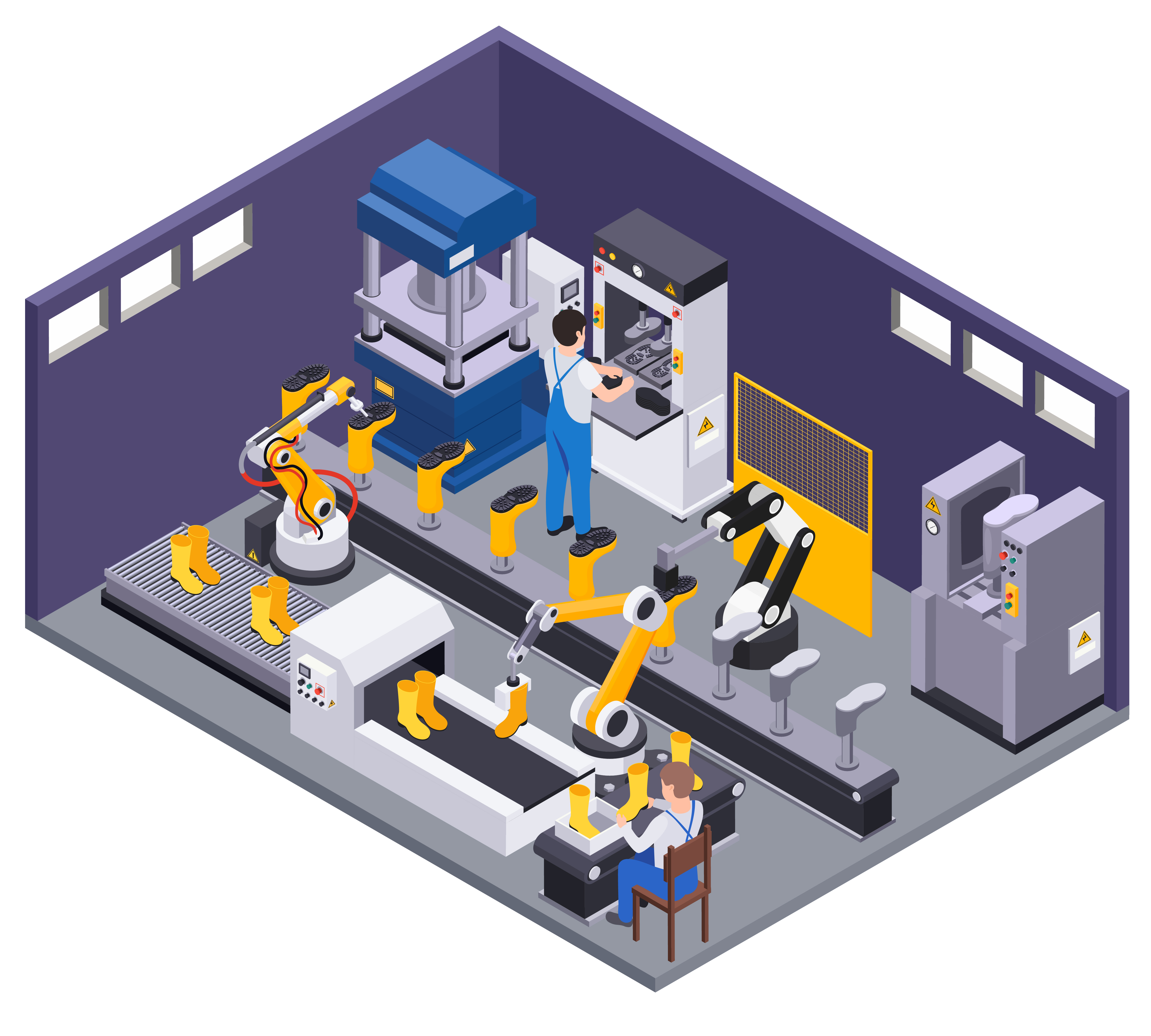How ERP for Manufacturing Enhances Supply Chain Visibility

Strong 8k brings an ultra-HD IPTV experience to your living room and your pocket.
Introduction
In the ever-evolving landscape of modern manufacturing, the complexity of managing a globalized supply chain demands more than spreadsheets and siloed systems. Today’s manufacturers require integrated digital tools that offer real-time visibility, agile decision-making, and seamless coordination across procurement, production, inventory, logistics, and distribution. This is where ERP for manufacturing becomes a powerful ally.
An Enterprise Resource Planning (ERP) system not only centralizes operations but also enhances supply chain transparency, which is crucial for manufacturers aiming to boost efficiency, reduce risk, and improve customer satisfaction. In this blog, we’ll explore how ERP enhances supply chain visibility, why it’s essential for modern manufacturing operations, and what features businesses should look for in the best ERP systems.
Understanding Supply Chain Visibility in Manufacturing
What Is Supply Chain Visibility?
Supply chain visibility refers to the ability of a company to track and monitor every component, material, shipment, and transaction across the entire supply chain—from raw materials to finished goods delivered to the customer.
In manufacturing, visibility means:
- Knowing where inventory is located in real-time
- Understanding production status at each plant
- Having full insight into supplier performance and order fulfillment
- Anticipating delays and demand fluctuations before they impact operations
ERP systems provide manufacturers with these capabilities by acting as a centralized hub for data exchange, analytics, and real-time alerts.
Why Manufacturers Struggle Without ERP
Without ERP, manufacturers face numerous challenges:
- Data silos across departments and systems
- Manual errors due to disconnected processes
- Delayed decision-making due to lack of real-time data
- Limited forecasting accuracy, leading to stockouts or overstocking
- Vendor miscommunication, slowing down procurement cycles
By contrast, manufacturers who deploy a modern ERP solution gain unified control and visibility into all supply chain activities—creating a significant operational advantage.
How ERP Enhances Supply Chain Visibility
1. Centralized Data and Real-Time Reporting
ERP systems unify production, procurement, inventory, and logistics data into a single platform, enabling real-time reporting and analysis. This allows teams to:
- Monitor inventory levels across warehouses
- Track production status and WIP (work-in-progress)
- View supplier and vendor delivery timelines
- Predict potential disruptions using historical trends
Real-time dashboards and KPIs allow stakeholders to act quickly and confidently.
2. Improved Demand Forecasting
With embedded analytics and machine learning, ERP software helps manufacturers forecast:
- Seasonal demand trends
- Customer order patterns
- Market-driven production requirements
Accurate forecasts lead to better inventory planning, smarter purchasing, and less waste, all while improving on-time delivery metrics.
3. Streamlined Procurement and Vendor Management
ERP systems allow manufacturers to:
- Set up automatic reordering rules
- Evaluate vendor performance in real-time
- Communicate electronically with suppliers
This ensures manufacturers are always aligned with vendor timelines, costs, and availability—critical for maintaining production schedules.
4. Enhanced Inventory Management
Supply chain disruptions often arise from poor inventory control. ERP systems mitigate this by offering:
- Real-time inventory tracking
- Barcode and RFID integration
- Stock alerts and reorder level automation
- Multi-warehouse management
This minimizes stockouts, overstocking, and excess carrying costs—especially vital for small and mid-sized manufacturers.
5. Integrated Logistics and Distribution
ERP platforms provide full integration with shipping and logistics modules, enabling:
- Shipment tracking across carriers
- Real-time freight cost analysis
- Automated delivery notifications
- Optimal route planning and delivery scheduling
With ERP, manufacturers can guarantee accurate delivery promises and keep customers informed every step of the way.
6. Enhanced Collaboration Across the Value Chain
With centralized, cloud-based ERP systems, all stakeholders—internal and external—can access the same updated information. This enables:
- Seamless cross-functional collaboration
- Real-time updates to suppliers and partners
- Instant communication between departments
For small manufacturing companies, this level of collaboration is critical to maintain agility without adding headcount.
7. Risk Management and Compliance
ERP software helps mitigate risks by:
- Tracking regulatory compliance across borders
- Managing audit trails for raw materials and finished goods
- Ensuring quality checks are documented and verifiable
- Monitoring financial health across the supply chain
Proactive risk management strengthens business continuity and protects against costly disruptions.
Benefits of Supply Chain Visibility for Manufacturers
Implementing ERP to improve supply chain visibility delivers measurable advantages:
- Faster order fulfillment with fewer errors
- Lower inventory costs through optimized planning
- Improved customer satisfaction via accurate ETAs
- Increased productivity through automation
- Greater flexibility to adapt to changes in demand or supply
These outcomes position manufacturers for long-term scalability and profitability.
Key Features to Look for in ERP Systems for Supply Chain Visibility
When selecting an ERP platform to improve your supply chain, ensure it offers:
- End-to-end supply chain modules
- Real-time inventory and warehouse visibility
- Integrated procurement and supplier portals
- Advanced analytics and AI forecasting
- Mobile access and cloud deployment
- Multi-location and multi-currency capabilities
Such features ensure the system adapts to your business growth and evolving global supply chain needs.
Real-World Use Case: Small Manufacturer Scaling With ERP
A mid-sized electronics manufacturer in India implemented a cloud ERP system to centralize its purchasing, inventory, and production data. Before ERP, they struggled with frequent stockouts, missed delivery timelines, and poor visibility into vendor delays.
Post-implementation, the company achieved:
- 30% reduction in stockouts
- 25% improvement in supplier performance monitoring
- Real-time production tracking
- Streamlined logistics with automated delivery alerts
This transformation showcases how ERP can enable small manufacturing companies to scale competitively with greater control and visibility.
Conclusion
As manufacturing becomes more global, agile, and data-driven, supply chain visibility is no longer optional—it’s essential. ERP systems bridge the gap between siloed data and strategic clarity, helping manufacturers build resilient, transparent, and highly responsive supply chains.
From real-time inventory tracking to intelligent procurement and logistics coordination, ERP for manufacturing is the foundation of supply chain excellence in today’s competitive environment.
Note: IndiBlogHub features both user-submitted and editorial content. We do not verify third-party contributions. Read our Disclaimer and Privacy Policyfor details.







